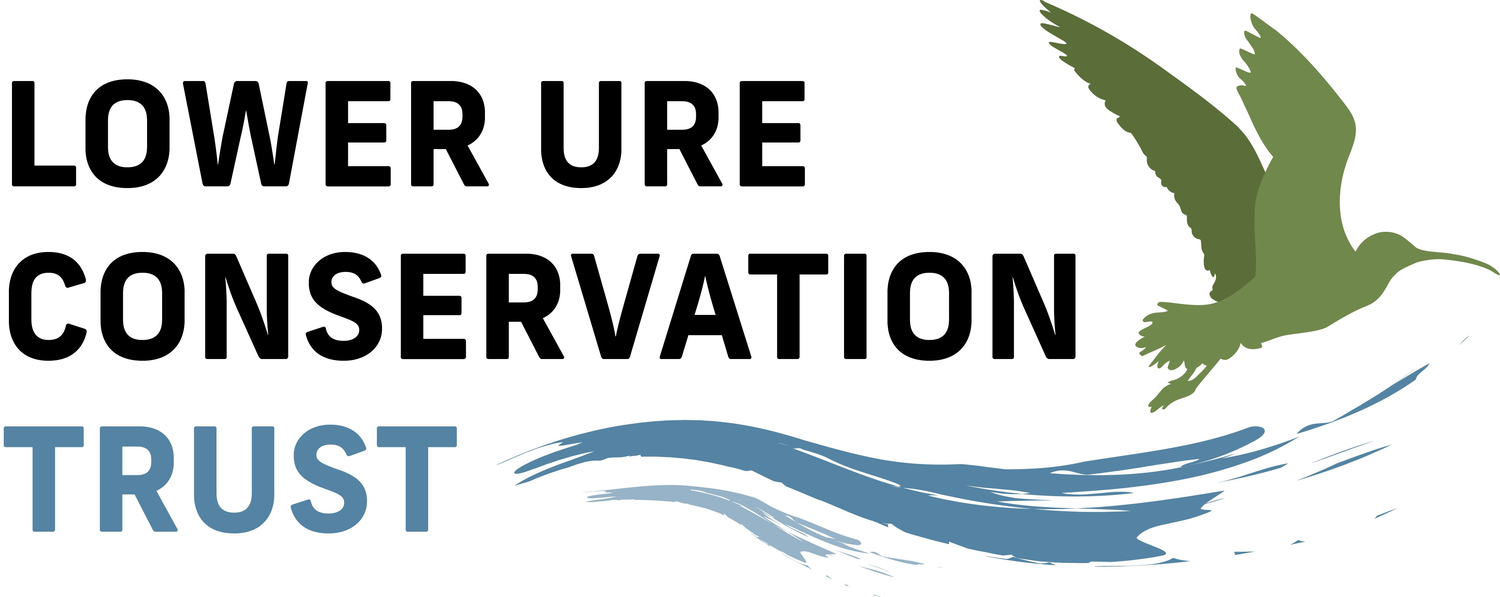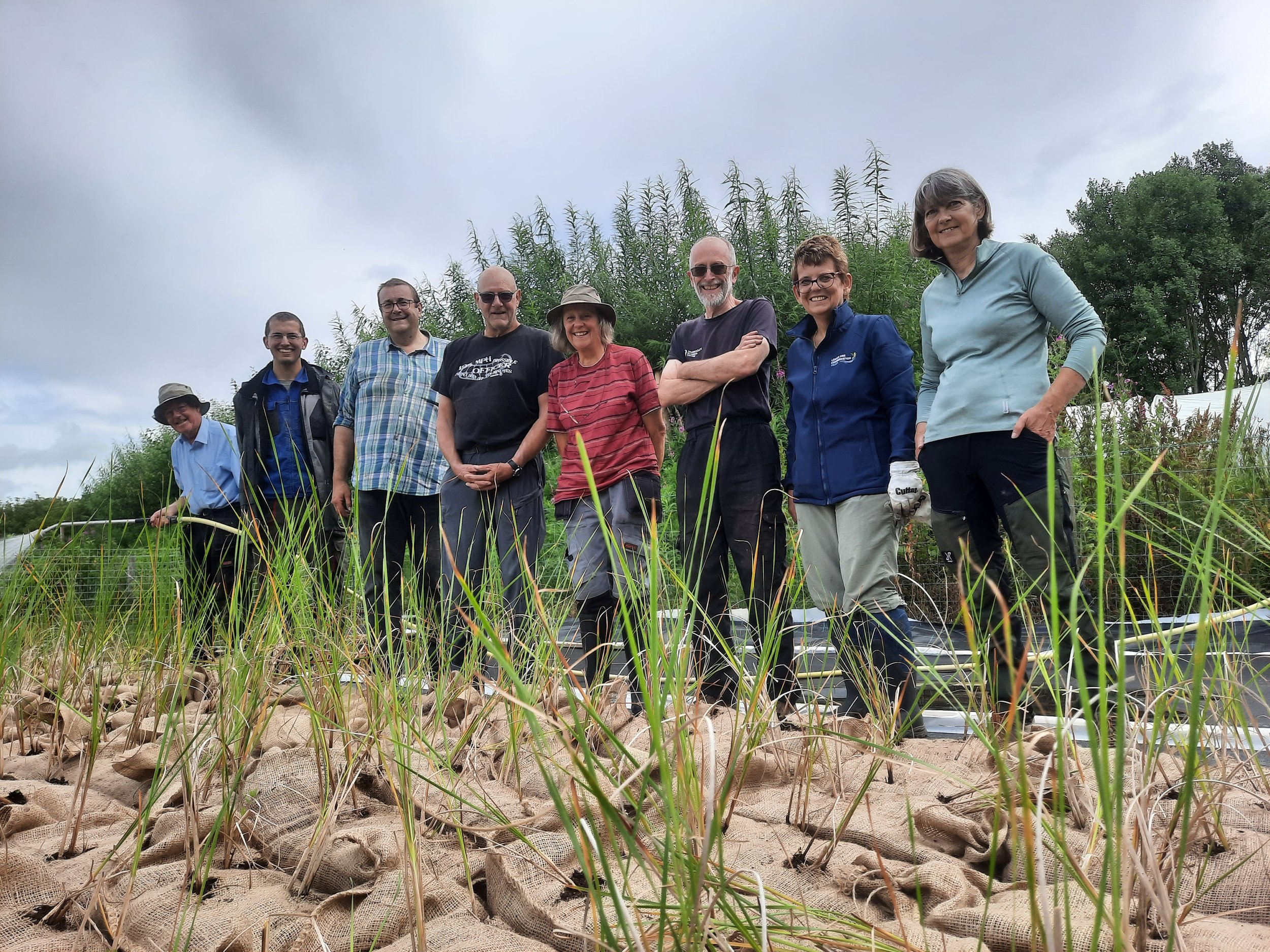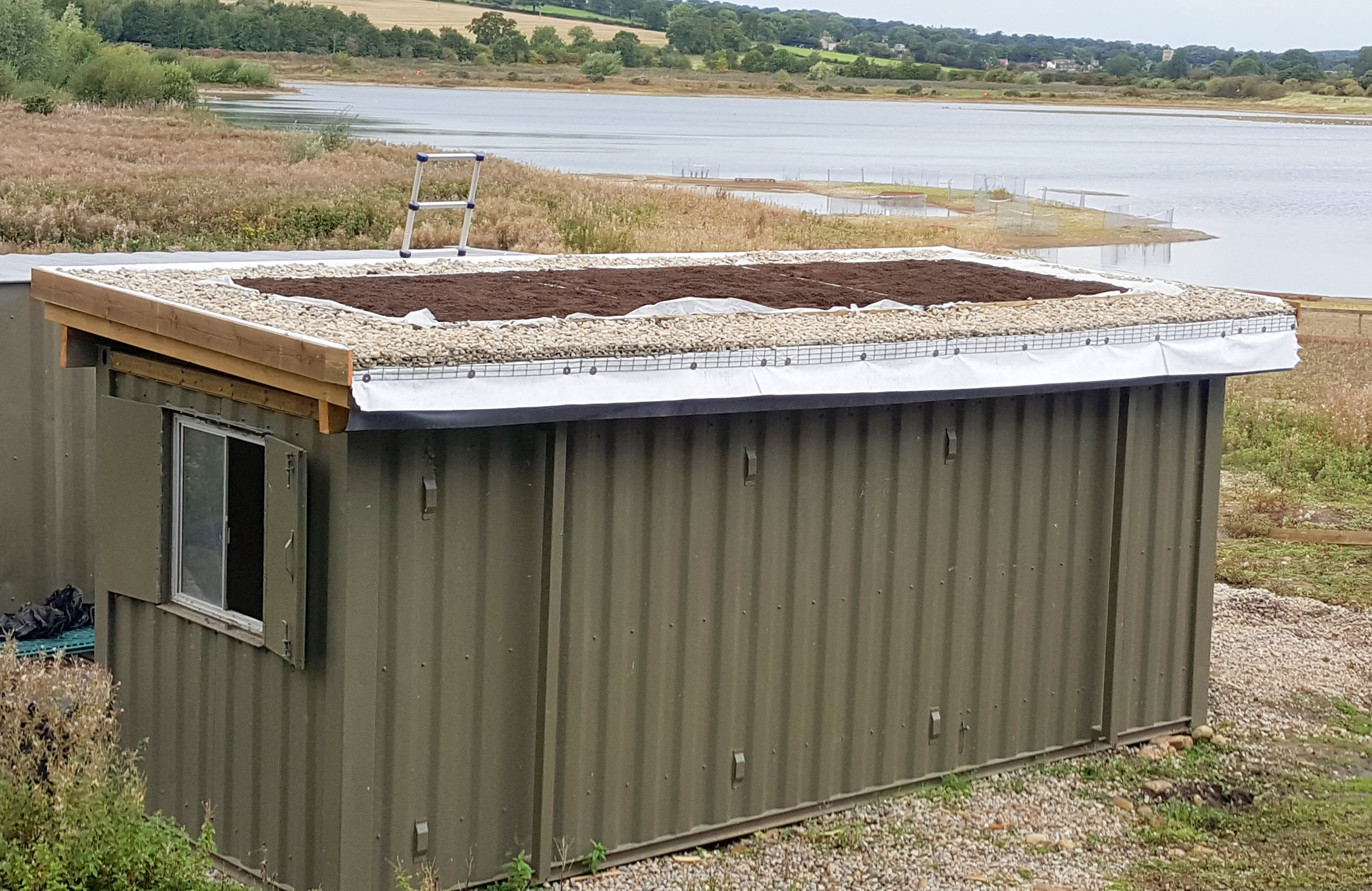A number of facts about Nosterfield NR in 2016 surfaced during a recent LUCT liaison meeting with local communities and regional authorities which visitors and supporters alike might find interesting.
An encouraging ten species of dragonfly were identified on the reserve during the year along with 147 species of bird. Unsurprisingly, perhaps, we were unable to add to the total bird species list which is the first year that has happened since the reserve was established 20 years ago. With close to 230 species seen over the years, our luck had to run out sometime.
The high point, however, was the discovery by ecologist and long-time friend of LUCT Martin Hammond of a new species of orchid for the reserve – two specimens of Autumn lady's tresses (Spiranthes spiralis). Not only was this small white flowered, grey-green plant new to Nosterfield but it was the first time one had been recorded in North Yorkshire for 60 years – the last time in West Tanfield parish! What a find!
Of our target bird species, 46 pairs of lapwing bred fledging a minimum of 38 chicks; there were ten pairs of redshank, two of curlew, 11 of avocet and 8 pairs of shoveler.
Breeding success was, generally mixed and the volatile water levels during 2016 undoubtedly played a part in that. Visitors to the reserve at the beginning of 2016 were confronted by a blanket of water which stretched unbroken from the West Tanfield tide to nigh on the edge of Nosterfield village. And yet 2016 overall was a dry year. Water levels fluctuated by a staggering 3.32 metres. By the end of 2016 levels were at an all-time December low and they have receded even further since.
Flea Treatment THREAT
The liaison meeting heard one piece of disappointing news.
Our dipping pond, constructed more than two years ago, has not developed in the way that we hoped and expected. Despite the fact that we intentionally minimised plant introductions, , the invertebrate species list is meagre.
The most likely reason is that a few dogs are being allowed to jump in and have a splash about. The dogs are most likely to have been treated for fleas with a well-known brand of flea killer which is retained on the nape of their necks and miniscule droplets of the treatment are being left in the water to drug and kill the pondlife.
It only takes a few parts per BILLION in the water for the destruction to occur.
As a consequence, the Lower Ure Conservation Trust is faced with a dilemma. We would like to keep the access for people as free as possible but we cannot allow the poor natural diversity within the pond to continue. So we are reluctantly being forced to consider fencing off the area.
Dogs on leads are welcome on the reserve. But the irresponsibility of one or two owners is something to disappoint all who visit the reserve.











